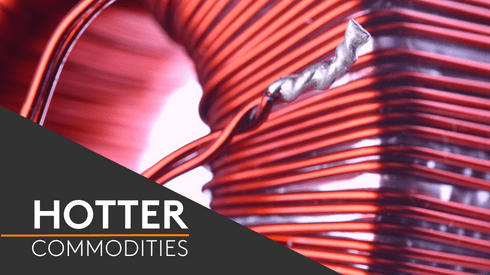The aluminium low-carbon differential value-added product, US Midwest achieved a positive $0.00-0.01 per lb differential on Friday, with a sale reported at $0.01 per lb above high-carbon units.
While applauding this development for the industry, sources also questioned whether this was due to the tightness in availability of material.
“The issue truly is that the billet market is becoming tight,” a trader said.
Fastmarkets’ low-carbon differential for value-added product is applied on top of the value-added product premium and exchange-listed aluminium price and includes extrusion billet, primary foundry alloy, wire rod and slab.
There has been a demand pickup for billet and primary foundry alloy material while the availability of units was tighter, market participants told Fastmarkets.
Fastmarkets’ assessment of the aluminium 6063 extrusion billet premium, delivered Midwest US increased to $0.075-0.100 per lb on Friday, up by 2.94% from a fortnight earlier.
Fastmarkets launched two differentials for low-carbon aluminium products in the US on November 3.
Fastmarkets’ aluminium low-carbon differential P1020A, US Midwest continued to trade at zero.
Fastmarkets’ value-added low-carbon differential in Europe was also the first to command a premium, with aluminium low-carbon differential value-added product, Europe recording a $10-15 per tonne differential on April 1, 2021.
This price was discontinued on March 1, with Fastmarkets dividing low-carbon value-added products into aluminium low-carbon differential billet, Europe and aluminium low-carbon differential value-added product ex-billet, Europe.





